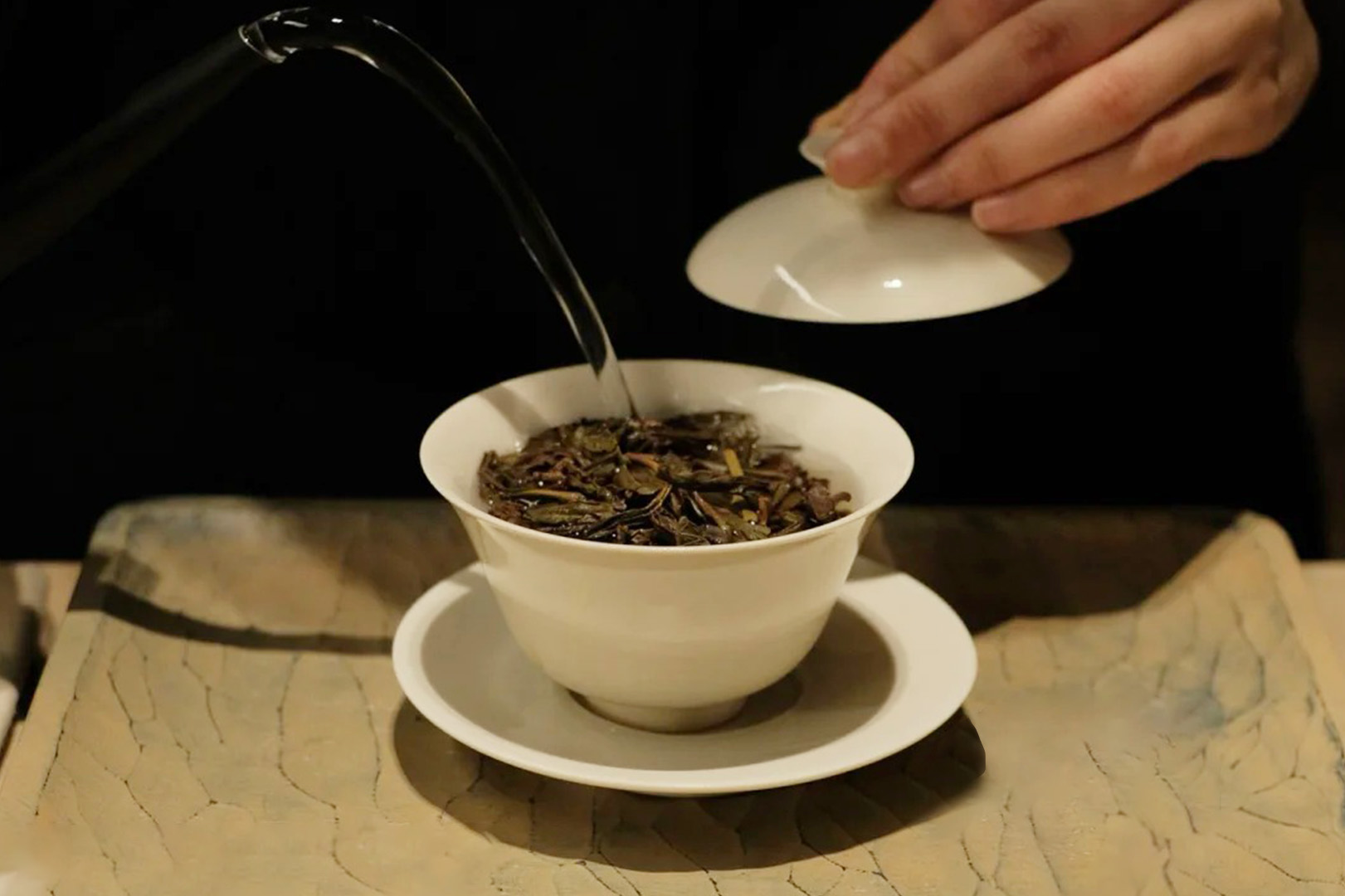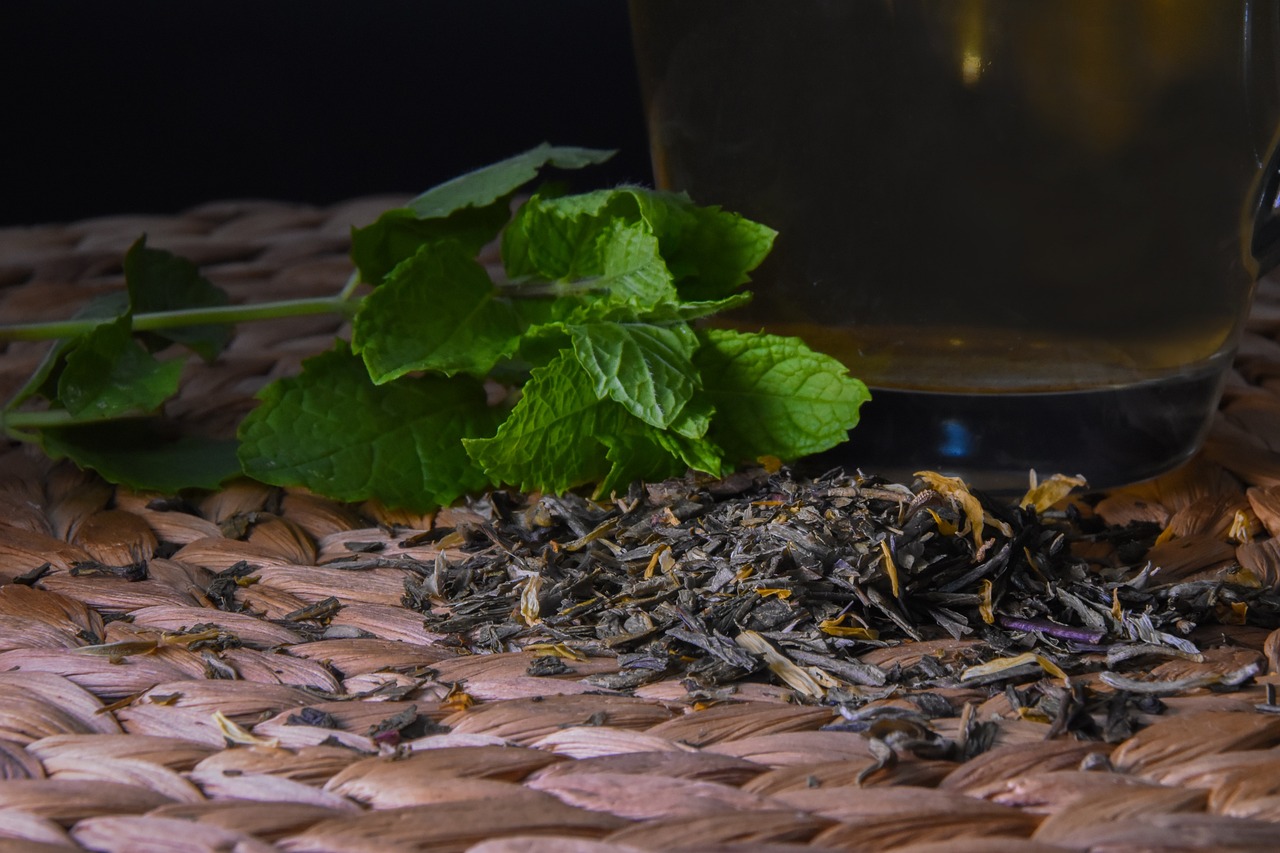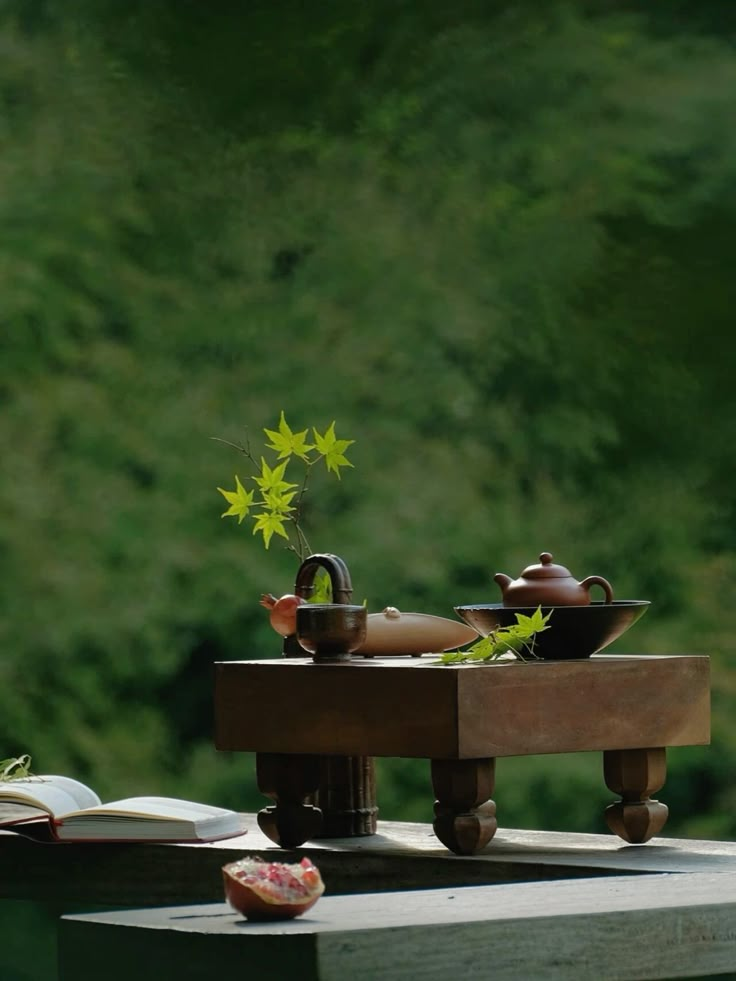As a classic representative of tea, green tea has been an important part of Chinese tea culture since ancient times. Its uniqueness lies in its unfermented production process, which retains the natural colour and rich nutrients of the tea leaves.
Compared with fermented teas such as black tea and oolong tea, green tea has a bright green colour and a refreshing taste with a hint of grass and bean aroma, which is very popular among tea lovers at home and abroad.The production of green tea begins with the plucking of tea leaves. Fresh tea leaves go through the process of killing, kneading and drying, which quickly stops the oxidisation process. This quick process maintains the natural antioxidants and vitamin C in the tea leaves, and thus green tea is considered one of the healthy drinks. Through these steps, green tea is able to maintain its fresh aroma and flavour during the preservation process, making it a must-have in the daily lives of many people.
Origin and Cultural Background of Longjing Green Tea

Among the many varieties of green tea in China, Longjing tea can be regarded as one of the treasures of green tea. Longjing tea originated in the West Lake area of Hangzhou City, Zhejiang Province, and is most famous for West Lake Longjing. Its name comes from ‘Longjing’, an ancient well near the West Lake in Hangzhou, which is said to be named after the sweet and clear water of the well, which is guarded by a dragon. The history of Longjing tea can be traced back to the Tang Dynasty, which not only witnessed the development of Chinese tea culture, but also was closely linked to the poems and songs of the literati.
During the Song Dynasty, Longjing tea became a tribute to royalty and nobility, and was widely favoured by the upper class. With the flourishing of tea culture in the Ming and Qing Dynasties, Longjing tea's reputation spread even further and it became a treasured and highly sought-after product among teas. Because of its unique hand-frying process and fresh and elegant taste, Longjing tea has always been the first choice for literati and tea lovers to sip tea and express their feelings. Today, Longjing tea is not only a symbol of Hangzhou, but also an important business card of Chinese tea culture, attracting tea lovers and tourists from all over the world.
Longjing tea production process: exquisite handmade skills
The production process of Longjing tea is an important guarantee of its quality and taste. Firstly, there is the greening process, which is usually done by heating at a high temperature to quickly stop the enzyme activity in the tea leaves and avoid oxidisation. This process not only preserves the green colour of the tea leaves, but also locks in its natural nutrients and fresh aroma.
The next important step is the kneading process, where the tea leaves are gently twisted by hand to flatten and firm the leaves, enhancing their aroma and flavour. The final step is drying, which controls the moisture in the tea leaves within a reasonable range to ensure that the tea is preserved for a long time while preventing it from becoming mouldy or spoiled.
Stir-frying of Longjing tea is usually done manually, with experienced tea growers adjusting the heat and operating techniques according to the changes in the tea leaves. Through this series of craftsmanship, Longjing tea presents the unique characteristics of bright green colour, firm strands, strong aroma and mellow taste.
Flavour Characteristics and Health Benefits of Longjing Tea
Longjing tea is not only famous for its unique handmade craftsmanship, but also loved by tea lovers for its fresh aroma, sweet taste and rich health benefits. First of all, the aroma of Longjing tea is fresh and natural, with bean and fresh grassy scent, which is refreshing to smell. In terms of taste, Longjing tea is known for its freshness and sweetness, with tea broth melting in the mouth, slight sweetness on the tongue and a long aftertaste. Its colour is bright, and after brewing, the tea broth is clear and translucent, exuding a light yellow-green sheen that is pleasing to the eye.
In addition to the enjoyment of taste, Longjing tea is also rich in a variety of healthful ingredients, especially the antioxidants catechins and vitamin C. These ingredients can effectively neutralise free radicals in the body, slow down cellular ageing and promote metabolism. At the same time, Longjing tea also has the effect of clearing the liver and eyesight, helping digestion, weight loss and fat elimination, which is very suitable for modern people to drink on a daily basis.

Proper brewing method and tasting tips for Longjing tea
In order to maximise the aroma and taste of Longjing tea, the brewing method is crucial. Firstly, hot water of 80 to 85 degrees Celsius is recommended to avoid high temperature destroying the nutrients and aroma in the tea. The ratio of tea to water is approximately 1:50. The brewing time should be limited to 1 to 2 minutes each time, as too much time will make the tea broth bitter.
The tea broth of Longjing tea is clear and bright, and it is best to use a transparent glass cup when tasting, so that you can not only clearly observe the tea leaves stretching in the water, but also appreciate the beautiful colour of the tea broth. When drinking, you can gently taste and feel the delicacy and sweetness of the tea broth on your tongue.
Future Prospects of Longjing Green Tea
As the global tea culture continues to spread, green tea, especially Longjing tea, is becoming more and more valued in the international market. In the future, with the pursuit of healthy diet, the health attributes of Longjing tea will win it more consumers. At the same time, combined with modern technology of intelligent tea brewing equipment and innovative tea drink products, Longjing tea is expected to attract more young consumers.
Longjing tea is not only an important symbol of Chinese tea culture, but will also play a greater role in the global tea drinking culture. Through continuous innovation and promotion, Longjing tea will continue to lead the tea industry and become part of more people's healthy life.

